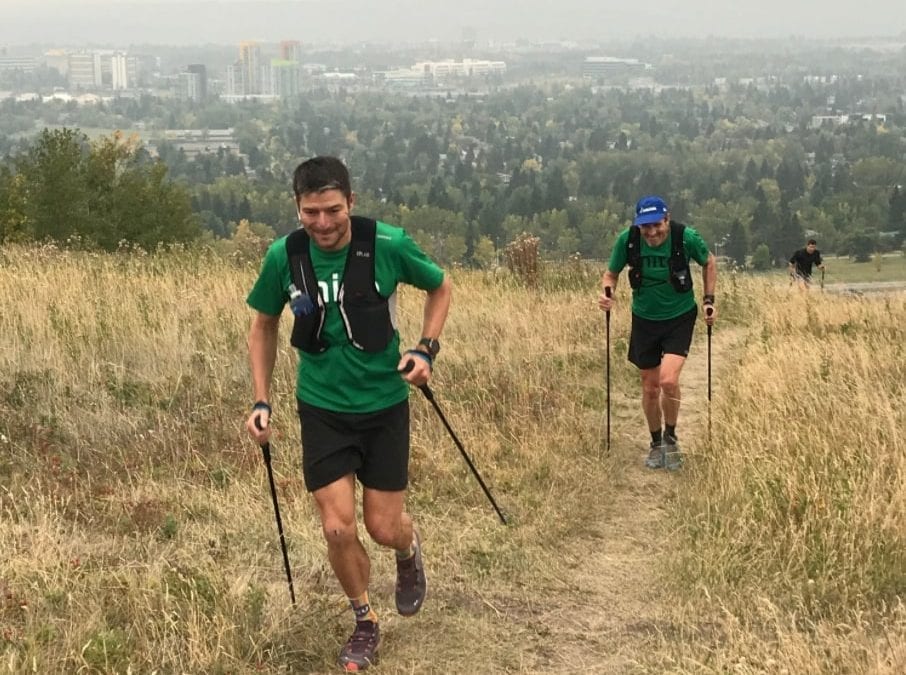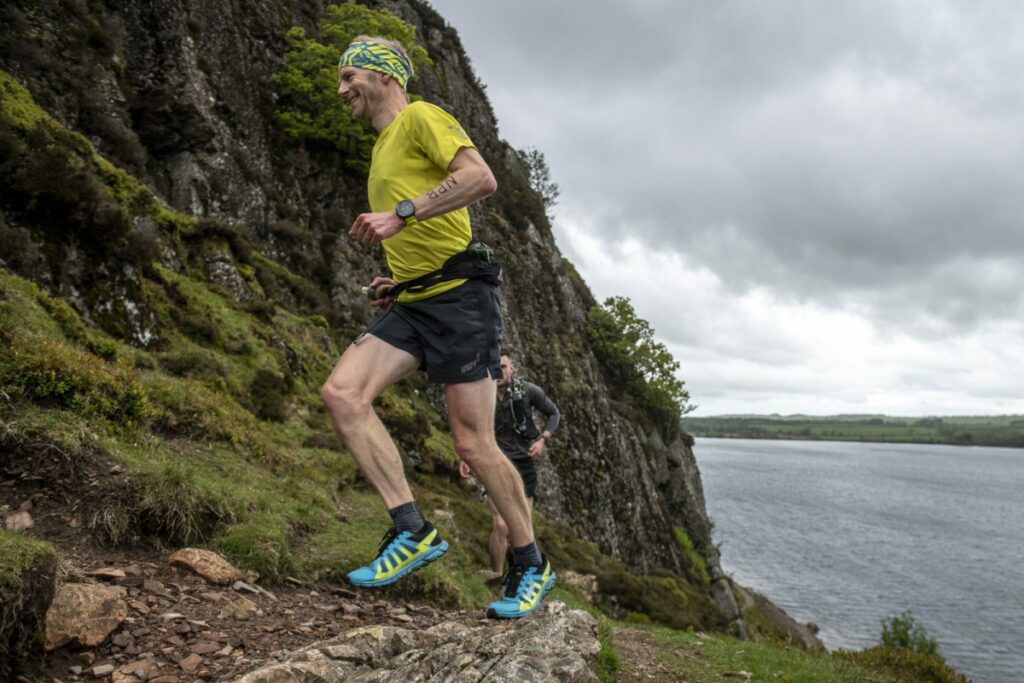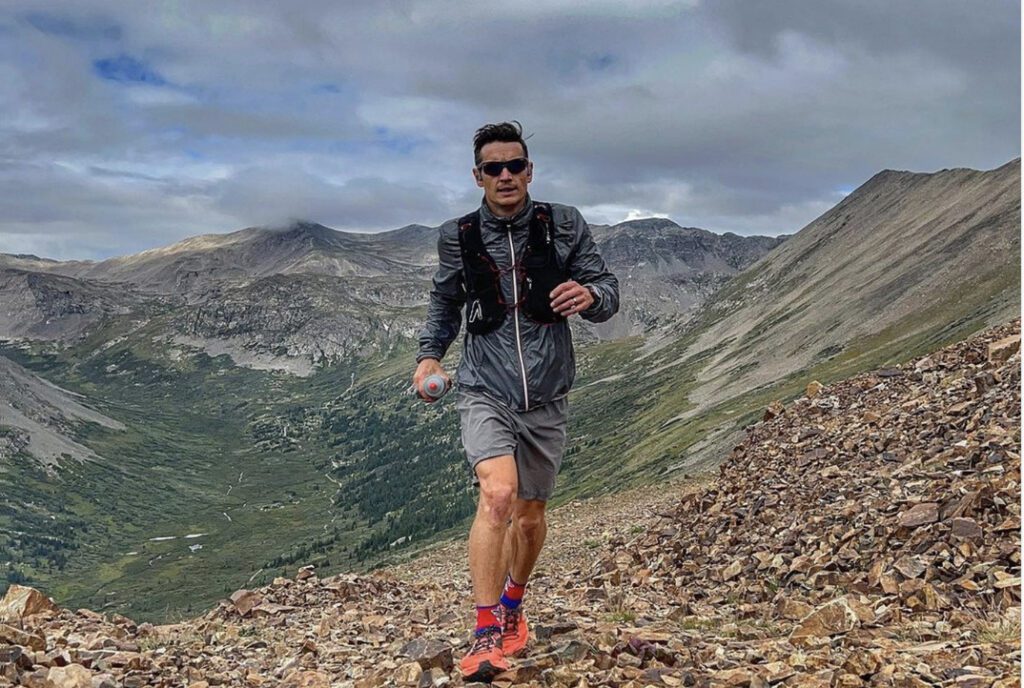5 tips for walking the uphills on trail runs
Small tweaks to your technique can yield big payoffs on your climbs
 Photo by:
Blaine Penny
Photo by:
Blaine Penny
“Walk the hills.” It’s one of the first pearls of wisdom offered to those new to trail running—and with good reason. As tempting as it may be for fledgling trail runners to zip up those delicous-looking inclines at full steam, opting for a slower, steadier approach on the uphills is often the more effective strategy in the long run. Conserving energy on climbs can prime runners for speedier efforts on the straightaways and lessen their chances of flaming out as the kilomtres add up.

Walking the uphills isn’t an excuse to completely ignore technique, however, switching to a strategically slower gait demands more than simply “not running.” Making a consistent effort to focus on your form during slower ascents can help build speed, strength and stamina as a trail runner. Consider these five tips for adding extra oomph when tackling hills in a lower gear.

Shorten your stride
Making a conscious effort to shorten your stride length can ensure your efforts to conserve energy on the uphills don’t go to waste. Taking shorter strides will turn your ascents into opportunities to manage your effort and recharge. Perhaps more importantly, adopting a shorter stride length can improve your balance and help keep you steady on particularly steep and uneven terrain.
Mind your breath
Taking deep, even breaths through the nose and out the mouth can buoy the body and mind on a challenging trail run. Research has shown deep breathing has several potential physiological benefits, including lowering heart rate and blood pressure, making it a simple but effective tool for those concerned with managing their effort. It’s a technique that can also help relax the mind and regulate mood, which can be important when navigating the psychological peaks and valleys of a trail run.

Keep your head up
Like deep breathing, keeping your head up can be good for your body and morale. Hanging your head as a way to rest your neck can be a risky proposition when walking up steep, rocky and uneven terrain. Keeping your head up and your eyes forward will help you avoid obstacles on the trail and keep you aware of other runners or cyclists barreling toward you on a downhill. Keeping your head high also conveys a message—including to yourself—about your mental approach to the run. Maintaining good posture can help fortify your self-confidence during trying moments on the trail.
Work your glutes
Engaging your glutes and pushing off with your back leg when ascending hills is important to maintain momentum, especially on sharp inclines that are particularly taxing on the lower body. Making an effort to work your glutes on less demanding climbs is also valuable, and it will help build strength and endurance for those times you need it most.

Enlist your arms
Trust your arms to offer a helping hand (or two) when you’re struggling to scale a challenging hill. Driving these often overlooked appendages back and forth with a strong, determined rhythm can add extra momentum to your steps.



